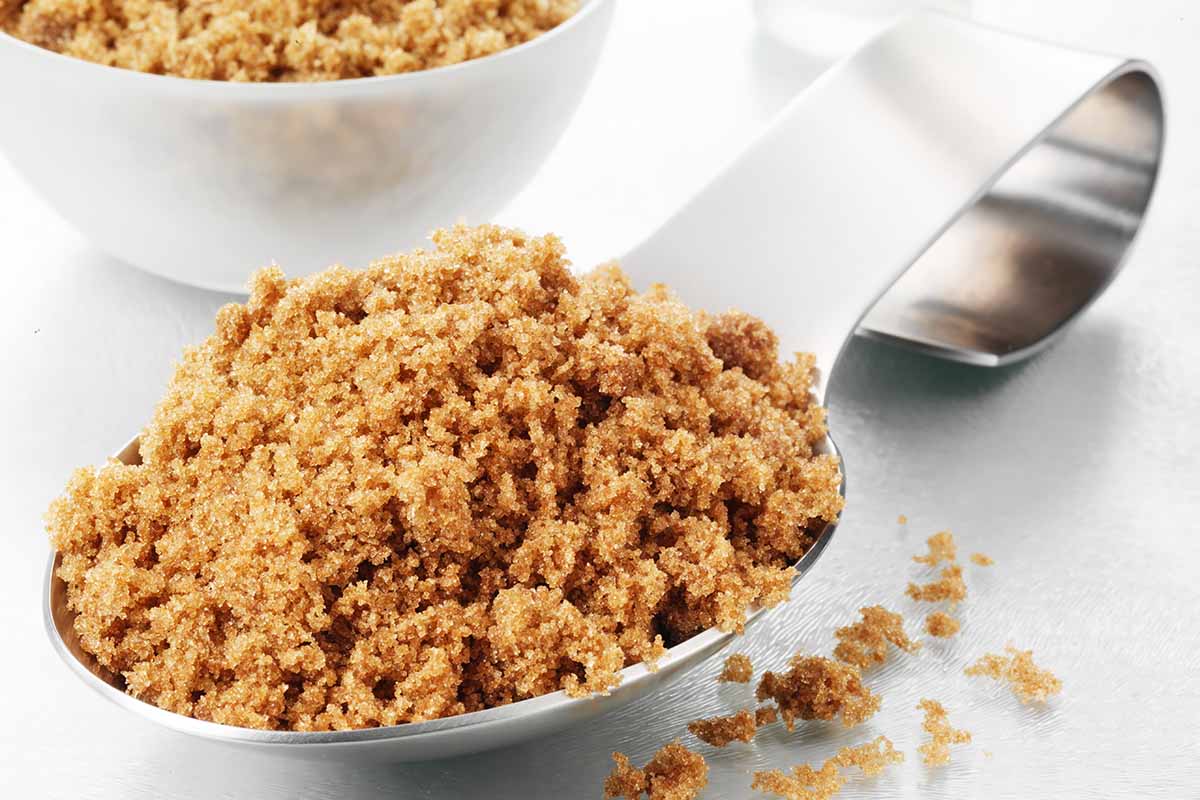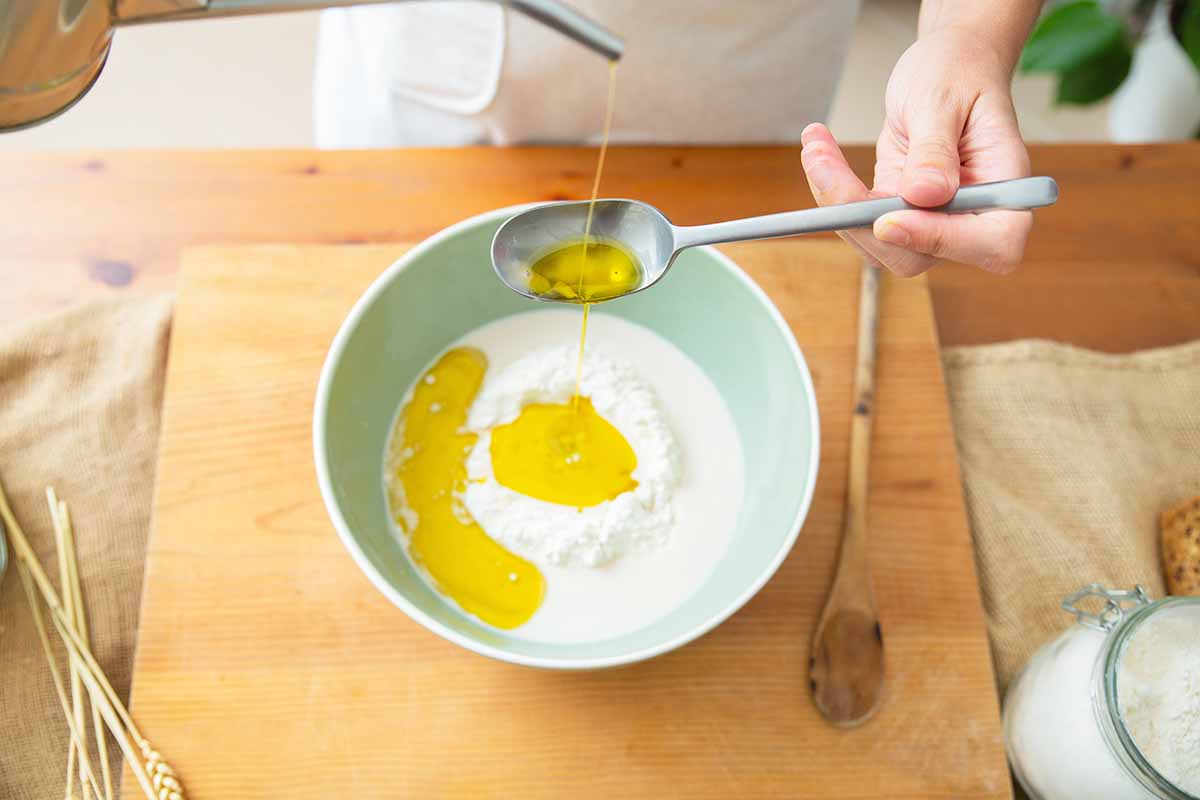Picture this: You’re mixing cake batter, and you reach into the cabinet for the baking powder – but what’s the difference between this type of leavening and others, like bicarbonate of soda? And what should you do if it’s past the “best by” date – is it still okay to use?
Baking powder is a chemical leavening agent containing an acid and bicarbonate of soda, aka sodium bicarbonate, or baking soda.
Yikes! That sounds like high school chemistry.
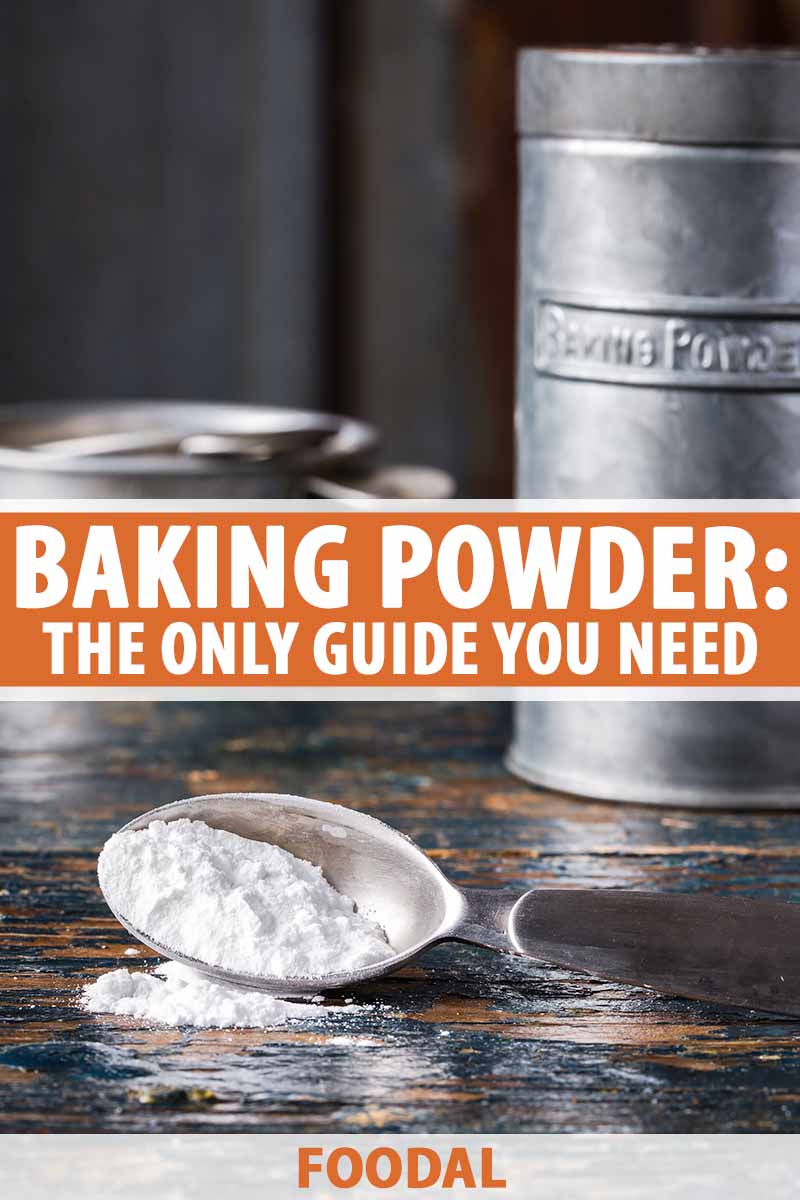
We link to vendors to help you find relevant products. If you buy from one of our links, we may earn a commission.
But keep this in mind: cooking is not just an art but a fascinating science.
Read on, and let’s explore leavening agents together. And when the kids ask why the muffins rise, you’ll be glad you persevered.
Here’s what we’ll cover:
What You’ll Learn
Let’s go to the kitchen!
Three Ways to Raise
Did you know that when you add baking powder to moist batter or dough, a chemical reaction neutralizes the acid and produces tiny carbon dioxide bubbles?
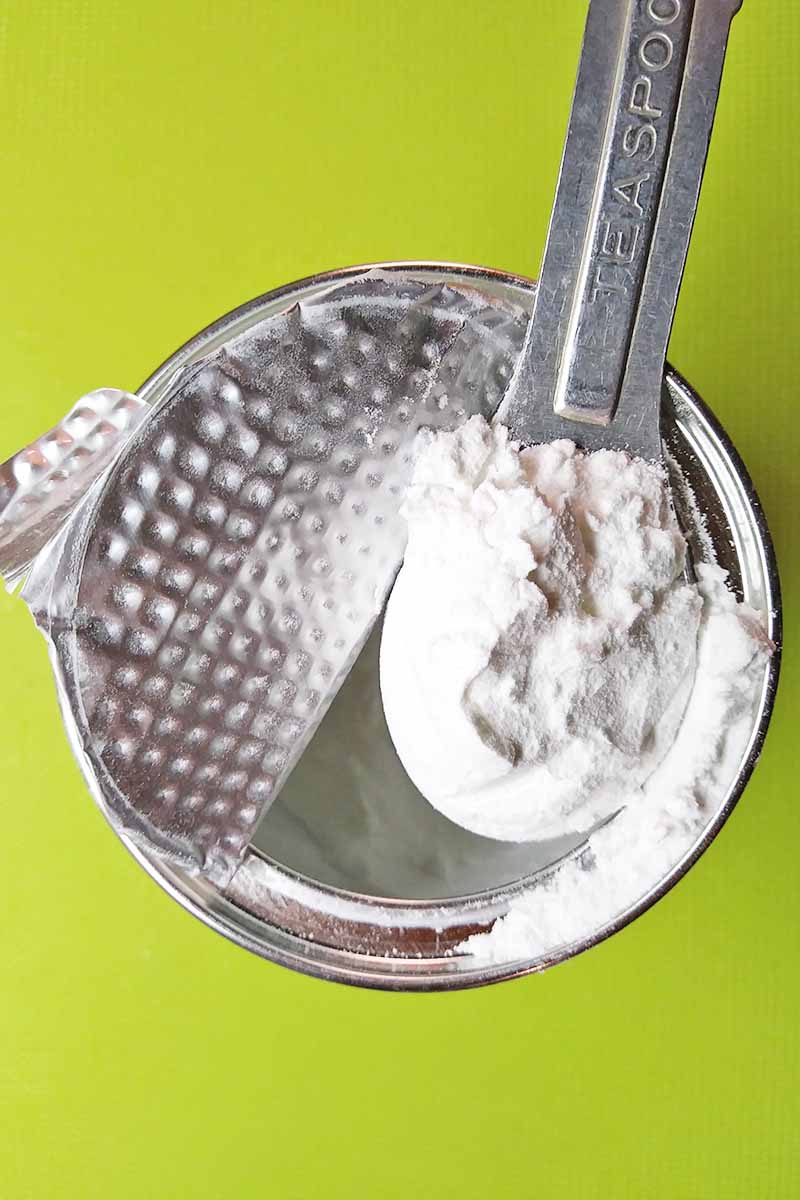
This air infusion creates volume, a porous texture, and a balanced flavor.
In addition to leavening with powder and soda, we can use yeast, physical actions like whisking and folding, and steam to produce air pockets and achieve light, fluffy results.
The somewhat mysterious leavening ingredient in question comes in three types and is typically used in alkaline recipes that lack acidic ingredients. Sometimes, we use it in conjunction with bicarbonate of soda.
We’ll talk more about that later. First, let’s look at the big three:
Single-Acting Tartrate
The first contains bicarbonate of soda, aka “bicarb,” and cream of tartar, the potassium salt of tartaric acid.
I know that’s a mouthful. Keep this in mind: it reacts once, when it touches liquid.
When using this type, you must quickly act when getting your batter into the oven, or it will not rise successfully.
Single-Acting Monocalcium Phosphate or Socium Acid Pyrophosphate
The second single-action type consists of bicarbonate of soda and monocalcium phosphate, or MCP.
It also reacts once, upon contact with liquid, forming gas bubbles that expand when heated. Again, bakers need to move quickly.
Double-Acting Sodium Aluminum Phosphate and Monocalcium Phosphate
Finally, double-acting is the kind most commonly used today that you’re most likely to find in the grocery store.
It consists of bicarb and two types of acid: sodium aluminum sulfate, SAS, and monocalcium phosphate, MCP.
With this type, reactions occur twice – once during prep, when it’s first introduced to liquid, and again in the oven, for more relaxed baking. It’s practically foolproof!

Argo Double-Acting Baking Powder
Today’s recipes generally call for double-acting. However, some of Grandma’s baked goodies may call for the single-action types we’ve discussed above or even an old-fashioned ammonium carbonate variety called “hartshorn.” But don’t worry, you can use double-acting successfully whenever a recipe calls for baking powder.
You’ll detect no metallic undertones and none of the potential risks associated with aluminum consumption when you buy Argo’s gluten- and aluminum-free baking powder, available from Argo via Amazon.
Yeast, Manipulation, and Steam
While baking powder is the norm for cookie doughs, quick bread batters, and the like, yeast rules when it comes to bread dough.
Yeast comes in granules and cakes and produces carbon dioxide via fermentation. It’s the secret to high-rising loaves that bake to tender perfection with a gorgeous crumb.
Then there are two agents that involve neither chemicals nor fermentation: manipulation and steam.
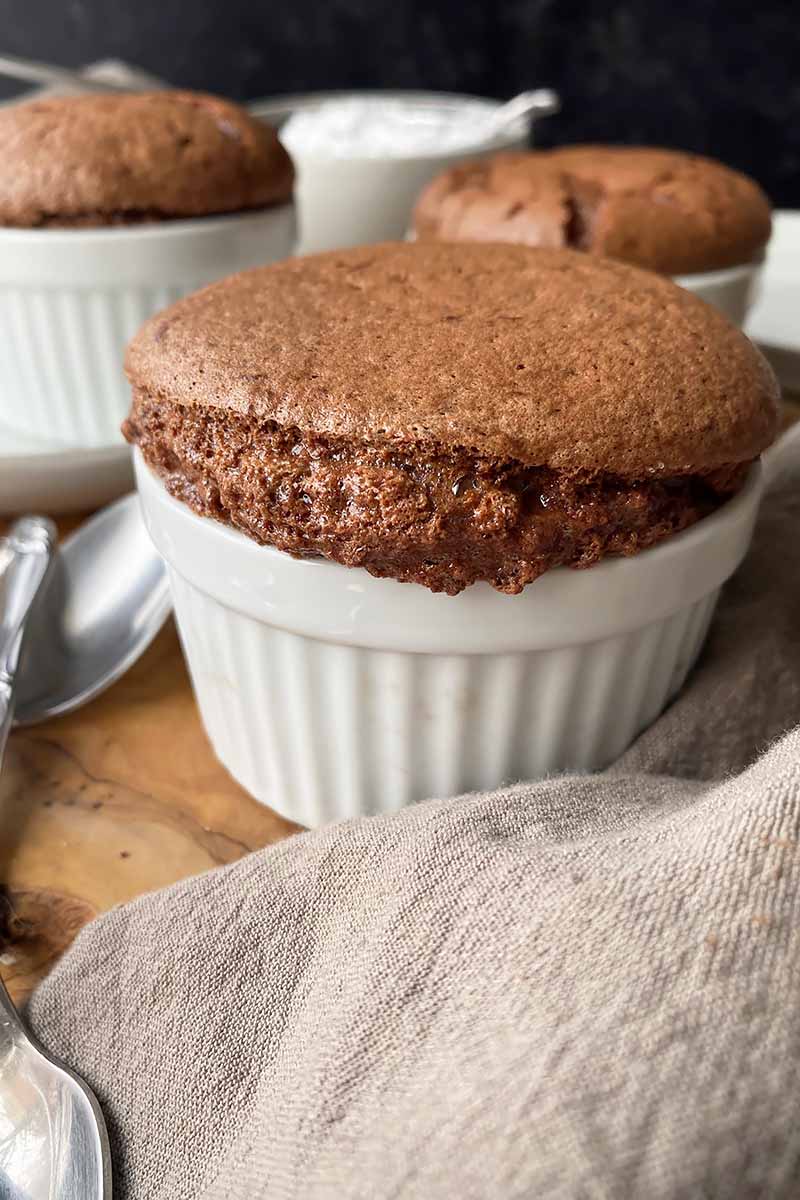
Our chocolate souffle dessert is an example of a recipe that calls for no leavening agents.
But how does it rise?
Beating egg whites fills them with air, making them light and fluffy. Folding the whites gently into the batter introduces more air, inflating it to voluminous heights.
Did you know that dumplings achieve their plumpness without any leavening products? They inflate during cooking when steam fills their pores and expands.
Pretty impressive, huh?
Those Tiny Bubbles: Assessing Freshness
Thanks for reading this far. You’ve certainly earned a reward! How about whipping up something tasty and nutritious?
You’ll enjoy this savory spinach cake with raisins, walnuts, and feta a breakfast that calls for baking powder and soda.
Why both?
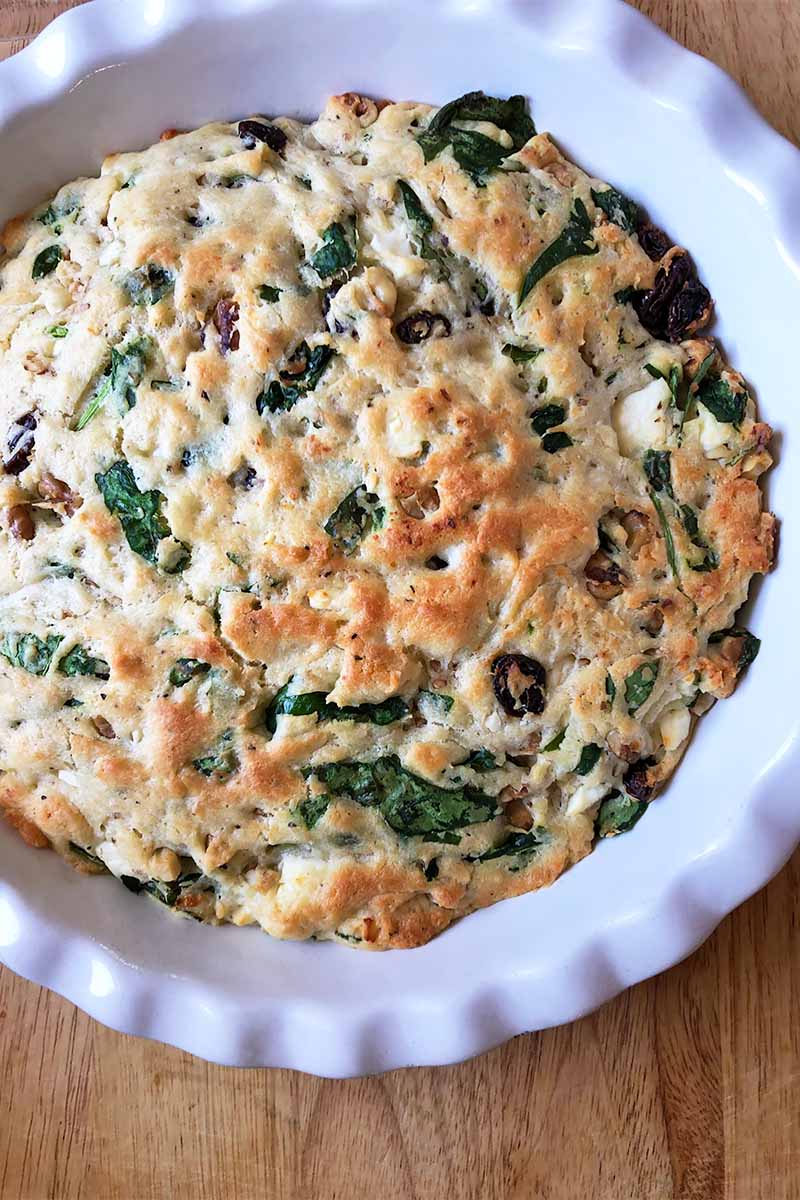
That’s a reasonable question. While the oven preheats, let’s talk about it.
Remember when we started our discussion, and we said that we use baking powder when a recipe calls for no acidic ingredients?
Other recipes do contain acidic ingredients like brown sugar, citrus, natural cocoa, honey, vinegar, and yogurt. In this muffin recipe, the acid comes from buttermilk and tomato.
So, if acid is already in the mix, why don’t we use a bit of bicarb? It sounds simple enough and like it might work…
But wait, stop right there! We need more volume.
You see, the bicarbonate of soda neutralizes the acidic ingredients in the mixing bowl, creating those magical gas bubbles, but that’s where its action in the recipe would end. Our muffins would undoubtedly be dense and flat.
When we also add baking powder, two things happen:
First, it contains soda, which means more acid neutralization and more gas infusion into the batter in the mixing bowl.
Second, assuming we’re using the double-acting variety, we can look forward to another release of dough-raising gas bubbles in the oven.
Leavening is essential for creating light, fluffy batters and doughs.
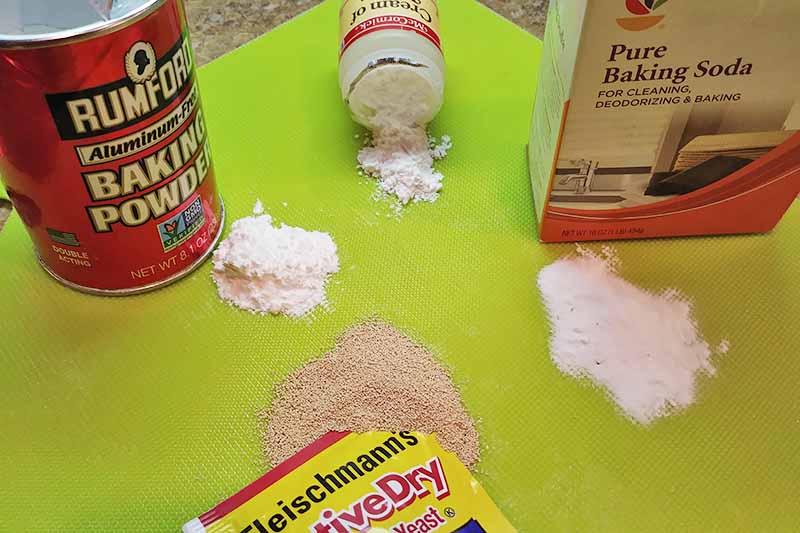
To prepare your pantry stash to tackle delicious recipes that come your way, it’s a good idea to keep baking powder, bicarbonate of soda, cornstarch, cream of tartar, and granular yeast on hand.
Caption: Leavening agents produce an infusion of air that increases volume and improves texture and taste.
Tightly sealed cornstarch lasts indefinitely, but the others typically have best-by or expiration dates on the packaging. Using expired leavening products may work or it may yield disappointing results, like cookies that spread like pancakes.
How do you know if you’re about to bake with ingredients that have lost their “oomph?”
You can test them!
Here’s how to test leavening agents for freshness:
Baking Powder and Bicarbonate of Soda
Add 1/4 teaspoon baking powder to 1 tablespoon vinegar.

If it fizzes dynamically, you’re in business. Do the same with baking soda.
Cream of Tartar
Fresh cream of tartar has a snow white color and light scent. If yours is off-color or has absolutely no smell, you should toss it out.
Yeast
The folks at Red Star recommend testing granular yeast as follows:
Using a 1-cup measuring cup, dissolve 1 teaspoon of sugar in 1/2 cup of warm tap water (110-115°F). Add 2 1/4 teaspoons (one envelope) of room-temperature granular yeast. Set a timer for 10 minutes.

During the ten minutes, the mixture should bubble and rise to the 1-cup mark.
You can use the activated yeast in a recipe to avoid waste, provided you deduct the cup of liquid used here. Otherwise, you can be confident that another packet from the same batch is fresh and ready to use.
But what do you do when these leavening agents fail the tests?
Creative Substitutions
If a recipe calls for the powder type, and yours just failed the test, don’t panic.
While it would be tempting to substitute bicarb, it’s not the best idea.
Remember: A recipe that calls for baking powder requires not just its base component, bicarbonate of soda, but its acid component, as well. Without the acid, baked goods turn out flatter, denser, and metallic-tasting.
So, why not make your own?
Here’s how to make homemade baking powder:
Mix two parts cream of tartar with one part bicarbonate of soda and one part cornstarch.
For example, if your recipe calls for 1/2 teaspoon of powder, use 1/4 teaspoon cream of tartar, 1/8 teaspoon bicarb, and 1/8 teaspoon cornstarch.
You may wonder what to do if you have the opposite problem – you need bicarb but only have baking powder.
The situation is tricky because there’s about 1/4 teaspoon of bicarbonate of soda in 1 teaspoon of baking powder.
You will need 3 to 4 teaspoons of the acid-and starch-containing alternative to get a full teaspoon of bicarbonate of soda. However, too much powder may result in over-inflation and collapse of your baked goods, and/or an off-taste somewhere between metallic and soapy.
Ick!
It’s better to avoid this substitution and purchase a new box. Home delivery is a simple solution, and baking soda is readily available via Amazon.

Arm & Hammer Baking Soda, 16 oz, two-pack
What’s that? Do you have another question?
Can you substitute another leavening agent for yeast?
I wish you wouldn’t. But if you’re feeling adventurous, opt for the powder.
If you add bicarbonate of soda, you’ll also have to add an acid, like lemon juice. And then the question is, “How much of each?”
If you add baking powder, at least you already have both components of the reaction: the bicarbonate of soda and the acid. However, the question remains, “How much?”
Cooking is a science, and chemical reactions rely on precise measurements of various ingredients. There is no proper substitute for yeast in a recipe that calls for it. Though other options will give batter or dough some leavening power, they won’t turn out the same.
Sometimes, waiting until you can get what you need is best!
Back to Basics
There you have it – all you ever wanted to know (and maybe more!) about baking powder and leavening. Enjoy the muffins and the amazed looks on the kids’ faces when you tell them about the bubbles.
But hold on a second – I want to mention one more thing before you go:
Are you familiar with self-rising flour? It already contains baking powder, which at least sounds convenient.
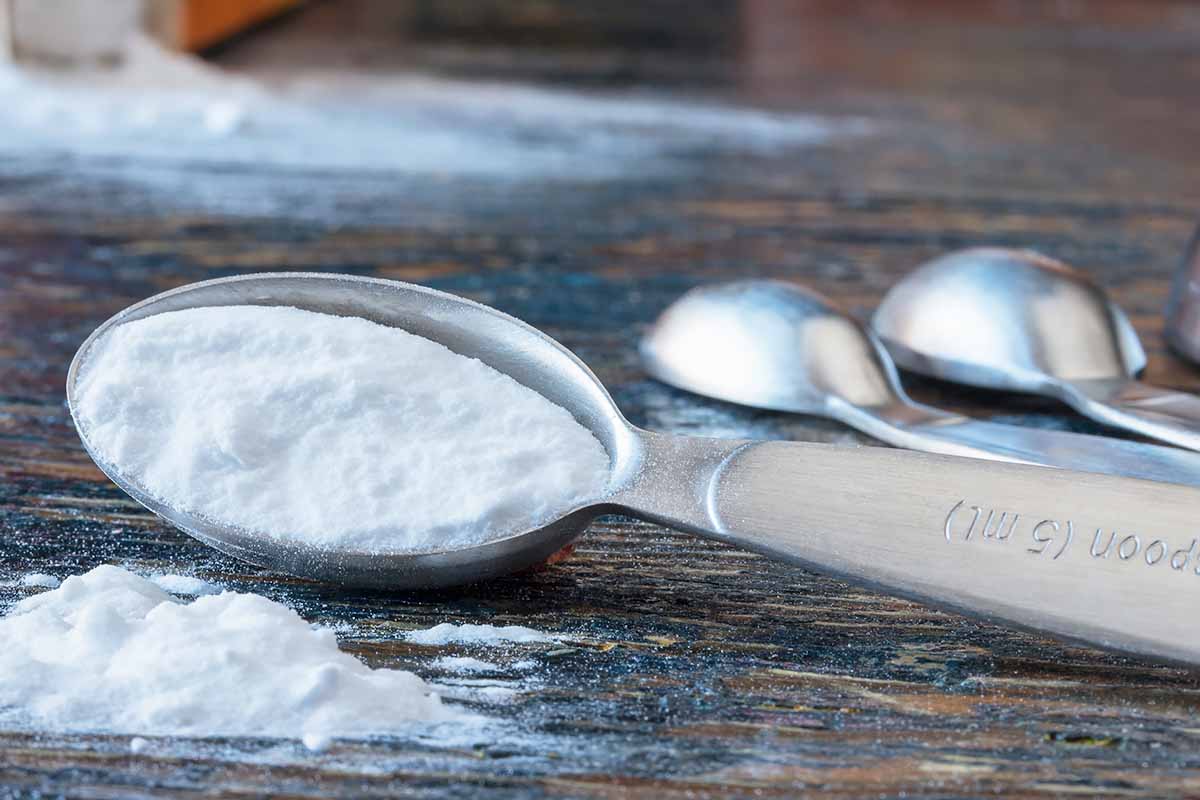
However, in addition to the fact that it may not suit your recipes, it may lose its “oomph” before you use it all – food for thought.
Do you have something to contribute to the conversation? Please share in the comments below.
If you found this article helpful, we recommend reading the following next among our collection of expertly written baking guides:
- 15 Tips and Tricks to Improve Your Baking Routine
- Get the Best Baked Goods Possible by Understanding Your Oven
- Tips for Baking at High Elevations
Photos by Nan Schiller, Nikki Cervone, Fanny Slater, © Ask the Experts, LLC. ALL RIGHTS RESERVED. See our TOS for more details. Uncredited photos via Shutterstock. Product photos by Argo and Arm & Hammer via Amazon. Originally published on January 23, 2018. Last updated on November 24, 2023.
About Nan Schiller
Nan Schiller is a writer from southeastern Pennsylvania. When she’s not in the garden, she’s in the kitchen preparing imaginative gluten- and dairy-free meals. With a background in business, writing, editing, and photography, Nan writes humorous and informative articles on gardening, food, parenting, and real estate topics. Having celiac disease has only served to inspire her to continue to explore creative ways to provide her family with nutritious locally-sourced food.


